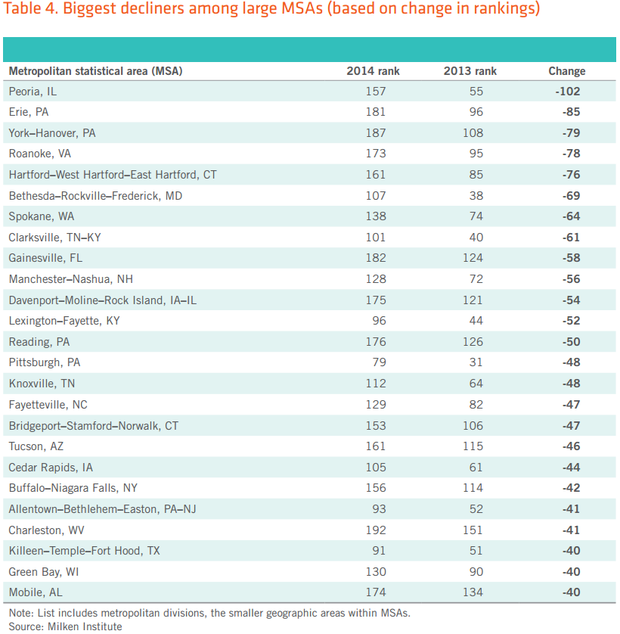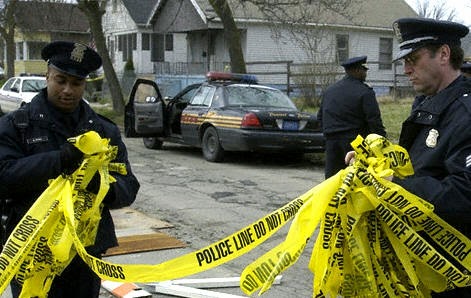 |
| Cafe Berlin Washington D.C, restaurant.com |
At historicpca.blogspot.com, we love cities around the world. We love all the positive things cities have to offer: work, school, residential, retail, commercial, and of course the variety of food cities have to offer. Blogger also has been known to complain about city life: the traffic, the high cost of living, the lack of public transportation options and so forth. Once again, we turn to Kaid Benfield, from the Natural Resources Defense Council, and his blog post for Switchboard way back on July 29, 2014 "What we like-and don't like-about our cities" for a list of cities's good and bad points. Not surprising, food offerings ranked high with urban dwellers. The study, The State of the City Experience (www.sasaki.com/media/files/cities_survey-final-1.pdf) surveyed a 1,000 people who live and work in Boston, Austin, Chicago, New York, San Francisco, and Washington D.C; asking them what they liked and did not like about their environment, focusing on four areas: architecture, activities, parks and open spaces, and transportation. The findings are important as they are keys to a sustainable future. As Mr. Benfield writes, "To get the environment right, we need to create and maintain urban environments that people like."
 |
| Contigo Ranch Austin, Texas pinterest.com |
Activities
Activities, specifically restaurants and food. If you are planning to visit a city you have never been to, what is the first thing you ask? "Know any good places to eat?" Therefore is no surprise that restaurants and other food sources are among the most popular features of urban life. The Sasaki survey reported:
When we asked city residents what aspects of urban life enchanted the, food kept popping in their responses. Eighty-two percent of urbanites appreciate their city's culinary offerings.
Restaurants also ranked number among the reasons people would go visit a different part of their city-"46 percent of respondents, and number one among a different list of choices when asked to name 'the most outstanding aspect of cities people love to visit.'" Local attractions came in second.
 |
| Kings Theater Brooklyn, New York nyrealestatelawblog.com |
Architecture and public spaces
One of the features that make cities great is historic architecture. So it does not come as a shock to read that urban residents (54 percent of respondents) place a high premium on historic buildings. The 54 percent who responded in this manner agreed "that to improve their city's architectural character," they "would like to see their city invest in renovating existing historical building to retain character while making them more useable." Yes. Only a paltry 17 percent thought their city "was too quaint' and "would like to see more skyscrapers and iconic buildings." Message to those 17 percent, there are skyscrapers and iconic buildings that are also historic buildings. In the same vein, 57 percent of the respondents will "stop to admire buildings that are historic," and 19 percent prefer "buildings that are modern" (see message to the 17 percent).
Historic buildings aside, urbanites adore parks and public spaces. Why not, after being trapped inside who would not want to go outside, stretch their legs and breath fresh air? The Sasaki survey revealed "...that most people remember their favorite city experience taking place outdoors, either in a park or on a street." To wit, 65 percent of respondents named a park or sidewalk as the site of their favorite experience, private buildings were a distant 22 percent. No surprise that government and civic building ranked toward the bottom (6 percent) of favorite experience.
 |
| Boston Waterfront Boston, Massachusetts bostonrealestate.net |
 |
| San Francisco city traffic San Francisco, California sf.streetsblog.com |
The title of the Kaid Benfield article is "What we like-and don't like-about our cities," so you can only guess what the respondents to the survey did not like about their cities. If you guessed transportation and parking you were among the substantial number of those surveyed (41 percent) that listed traffic as their top complaint about their city. Interestingly enough, most of those surveyed are contributors to this ongoing problem-58 percent said "...the use cars most frequently among modes of transportation. (Half that many listed public transit.)" Not that blogger is one to point a finger of blame at those who prefer the car. For many people, especially in cities, safe, reliable, efficient public transit simply does not exist. The
| Madison Street Chicago, Illinois wbez.org |
When we asked urban residents what they like least about living and working in a city, traffic was the unsurprising winner.
Breaking Americans of their car habit has been an ongoing battle Transit-oriented develop is the most-cite solution to encourage a less auto-centric society. (An anomaly, New York has the city-wide density to support a robust transit network)
However the numbers (here and elsewhere) speak loud and clear" we are still auto-dependent. We need to plan and design differently-in a way that will enhance mobility options while still acknowledging our love for the automobile.
Naturally, the number two complaint about cities is parking.
 |
| Cheese shop on Bedford Avenue newyork.com |
Despite all the complaining about traffic and parking, the Sasaki survey revealed that, in the cities studied, "60 percent of respondents said they plan on living either where they do now or in a different part of the city." Of that 60 percent, 34 percent said planned to move outside the city at some point. Mr. Benfield cheerfully notes, "But what a welcome contrast to the situation to the situation a few decades ago when central cities were emptying out, suburbs seen as the oveerwhelmingly preferred domicile for those with a choice."
Kaid Benfield listed some questions, intended to discover whether a city is environmentally and socially sustainable. The questions still remain important, regardless of the Sasaki survey findings. However, if we have the right ingredients, in the form of the responses outlined in the survey, we could have a better chance of reaching sustainability. As Kaid Benfield put it, "...if our solutions don't work for people, they will never work for the planet."











































